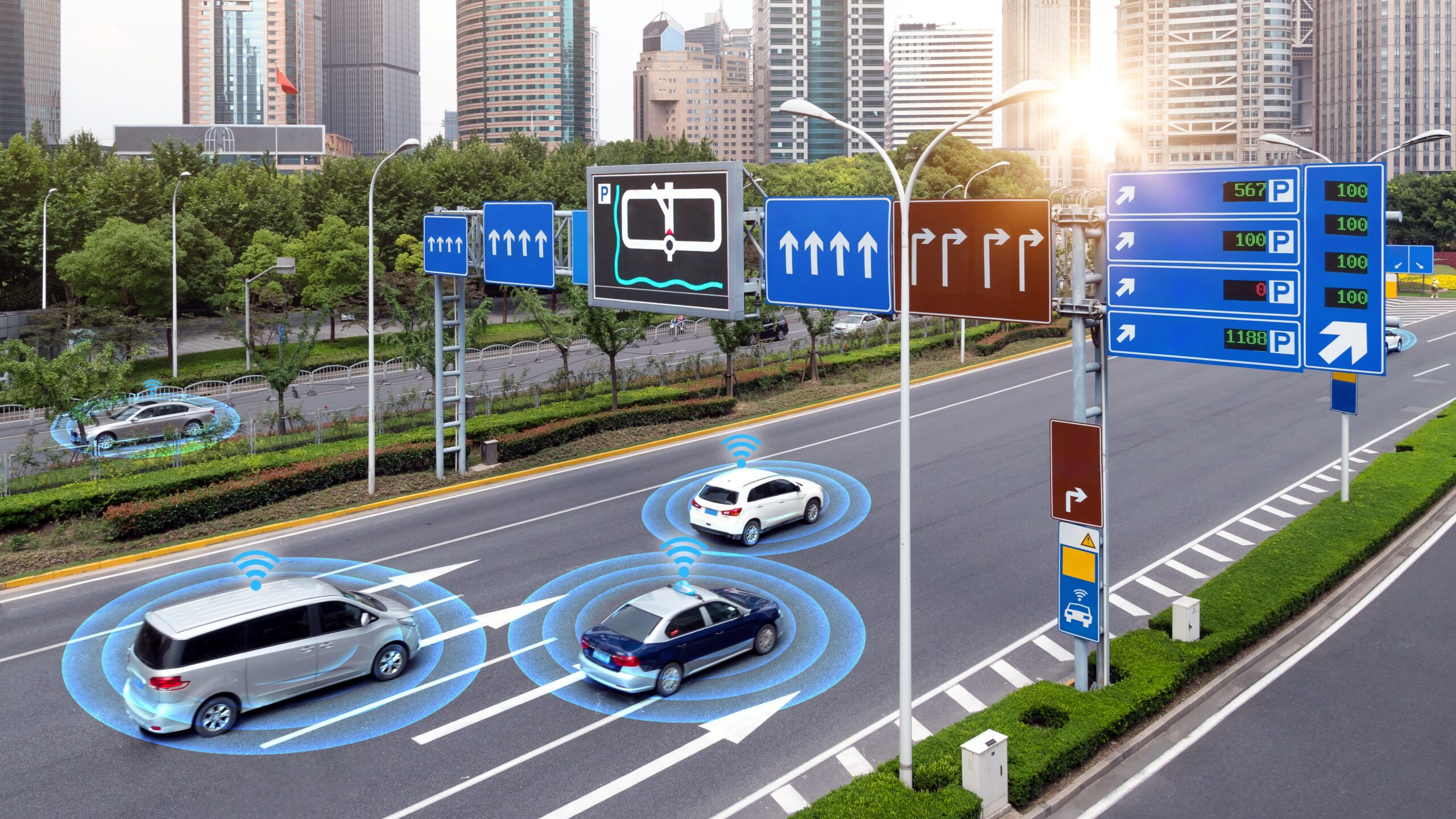Speculation around what the future of automotive tech will look like has been examined at length for the past decade. Today, next-generation vehicle technologies are giving us a clearer glimpse of what to expect in the decades ahead. With the number of connected cars on the roads forecasted to reach 76 million by 2023, there are growing opportunities to design intelligent mobility systems that are safer, greener and more efficient across the globe.
The momentum to innovate the transport industry is increasingly being driven by Cellular Vehicle-to-Everything (C-V2X) and 5G technologies. Several key components that fall under the C-V2X umbrella include:
- Vehicle-to-Vehicle (V2V)
- Vehicle-to-Infrastructure (V2I)
- Vehicle-to-Pedestrian (V2P)
- Vehicle-to-Network (V2N)
It is a future where cars talk to each other, to their surroundings, and to anything else that will listen. Accurate real-time communication to and from the vehicle is key to unlocking mobility’s full potential.

Rolling out V2X-equipped vehicles
It is still early days for the application-level testing and deployment of C-V2X technologies, but real-world progress is underway. Industry analysts estimate that there were about 0.7 million cars on the roads featuring V2X capabilities in 2020. Forecasts expect this number to grow to over 35 million by 2025. The deployment of 5G will be vital to any future advancement of C-V2X.
China has taken the lead in adopting C-V2X services, which are expected to be included in about half of new cars manufactured in the country by 2025. Ford, for example, is conducting ongoing tests of its C-V2X features on public roads in select Chinese cities, providing real-time traffic alerts notifying drivers of possible delays or road emergencies on their journey. Other exciting C-V2X use cases in regions like Europe and U.S. are demonstrating capabilities that will drive the future of intelligent transport.
Connected cars of the future
While connected car tech isn’t new, it is certainly evolving quickly to enable C-V2X. Certain features have been toyed with over the years. For example, car phones were arguably the first iteration of scaled vehicle connectivity, in that they were the first live link from the car to the outside world. OnStar was one of the first major iterations of commercialised vehicle connectivity. Interestingly, both were effectively made obsolete by smartphones.
Today’s rapid digitalisation of the automotive sector is again moving innovation forward. Disruptive brands like Tesla have forced carmakers to leverage the success of leaders in the cloud computing space. These partnerships signify an acknowledgement by traditional automotive companies that they cannot exist in a vacuum if they want to stay relevant. Automakers may have been slower to adopt, but now that they’re fully onboard, the industry will see massive acceleration in the connectivity space.
Planning for the road ahead
Self-driving vehicles will generate vast amounts of data that will help improve road safety and make driving more collaborative. In the future, drivers will work together on the roads to create a more efficient transport ecosystem. Developing the infrastructure to support C-V2X communications will be a challenge, but absolutely vital for improving mobility systems. Before a smarter transport system can be realised, infrastructure will have to be as intelligent as the vehicles on the road. Cubic Telecom’s global connected software solutions future-proof digital transformation in the automotive industry — key to enabling the success and adoption of C-V2X technologies for today and tomorrow.
Read more: How Will Mobility Trends Change the Future of Car Ownership?

